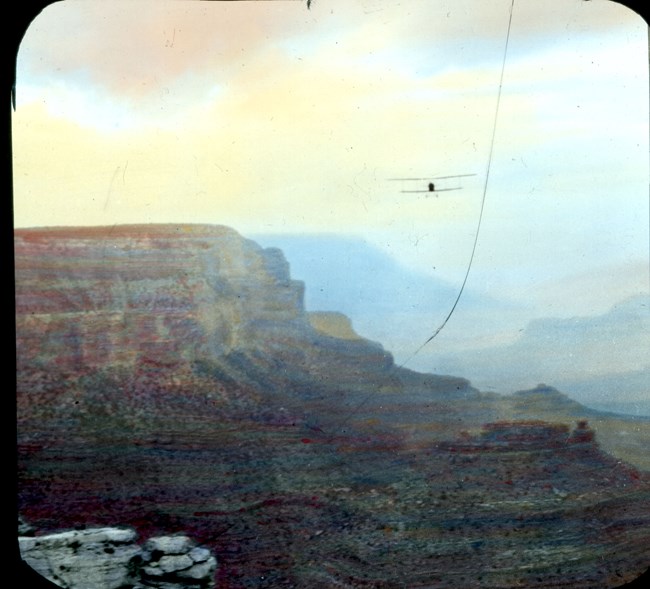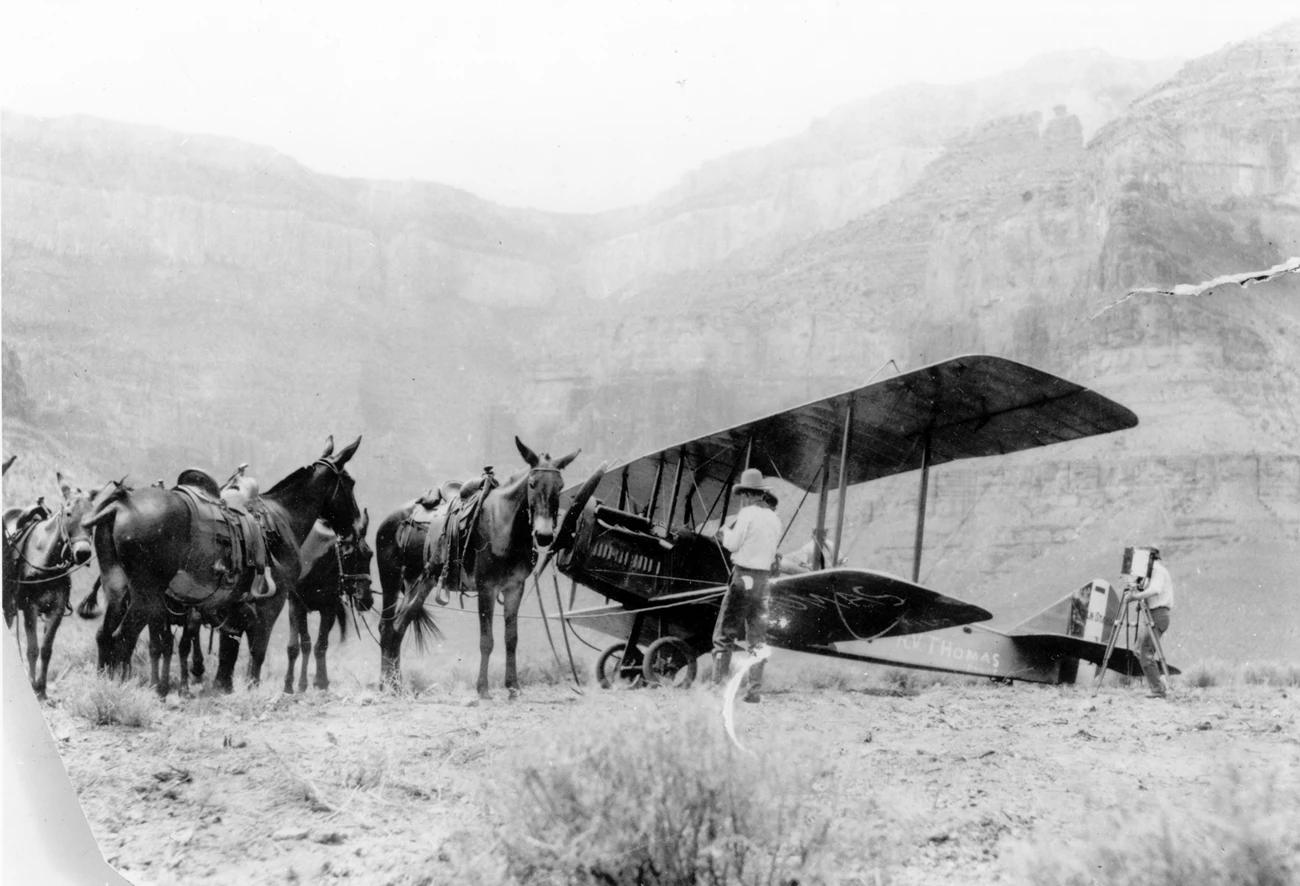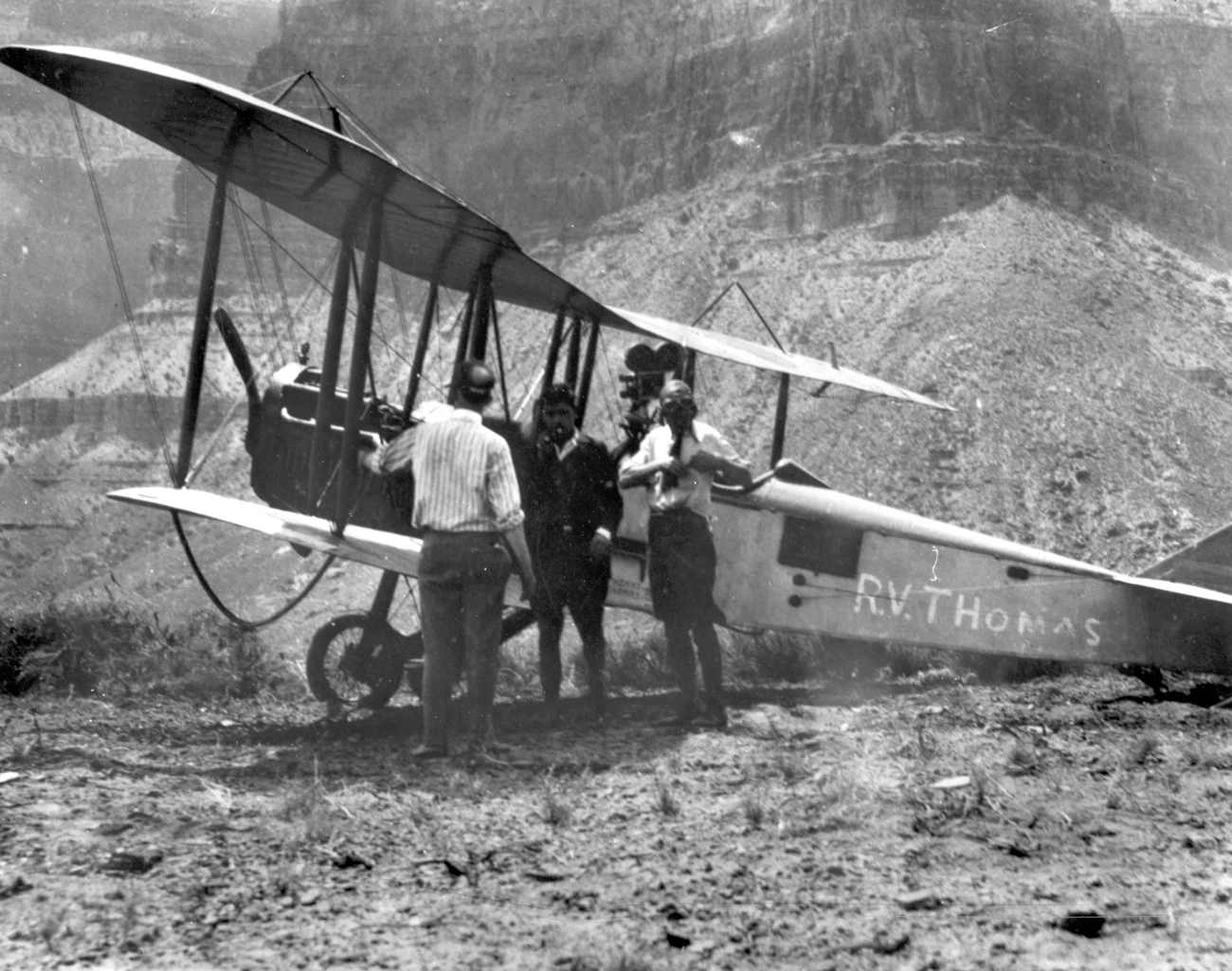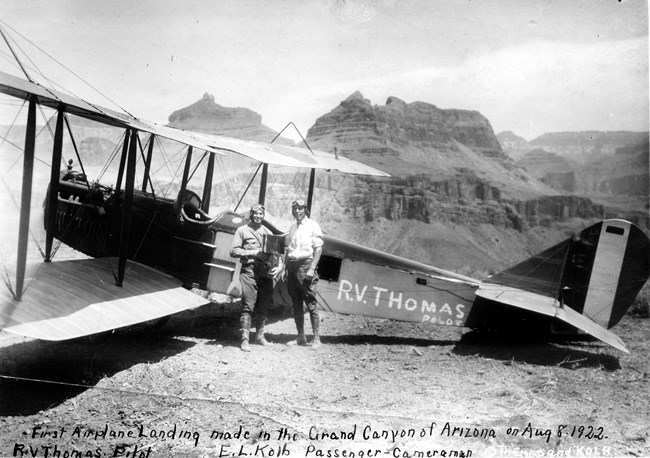Part of a series of articles titled Grand Canyon Centennial Stories.
Previous: 1914 Metz Car
Article



FRED HARVEY PHOTO. (GRCA IMAGE 05235)

FRED HARVEY PHOTO. (GRCA IMAGE 05255B)

(GRCA IMAGE 05255)
Part of a series of articles titled Grand Canyon Centennial Stories.
Previous: 1914 Metz Car
Last updated: March 3, 2021